How One Golf Shot From A Car Park Started A Revolution
50 years on, Scott Kramer looks back at how the Cobra brand began and highlights the many innovation milestones that have been achieved since

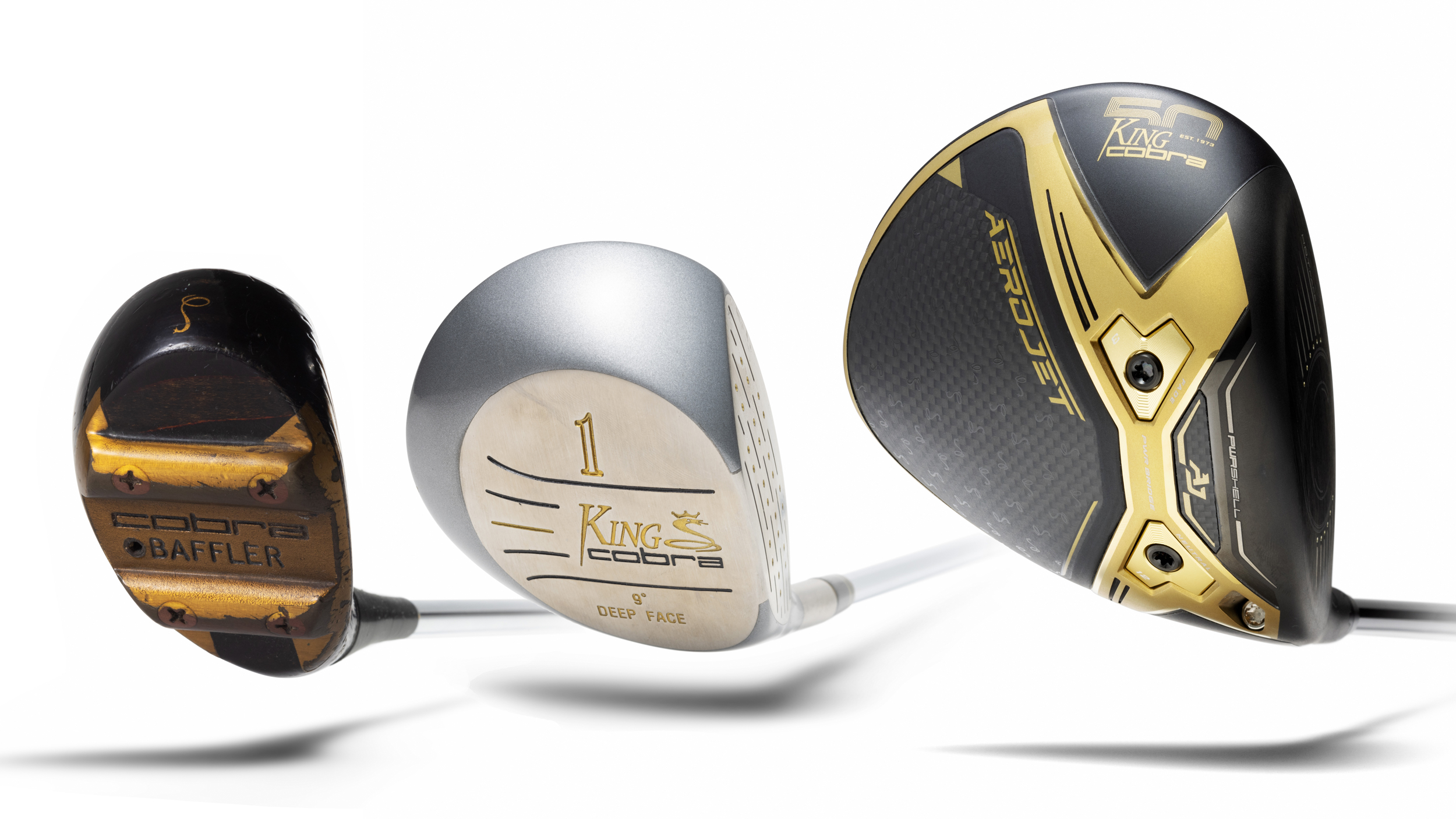
It’s been 50 years since the affable Tom Crow, a former amateur golf champion in his homeland Australia, arrived in Carlsbad, Calif. and started Cobra Golf. At that point, he felt that the equipment needs of pros and serious amateurs like himself were being neglected. And that’s why he founded the small club company for better players.
His first taste of success came two years later, when he debuted the Baffler utility wood with a patented soleplate that was effective from deep rough. The soleplate featured rails that let it skim much more smoothly through turf, to ease the process for golfers of all skill levels to hit high and long shots. Crow revealed that he came up with the concept after watching catamarans navigate waves in Sydney Harbour.
How he introduced it was pure brilliance. “Back then, the annual PGA Merchandise Show in Orlando was so small that Crow invited a bunch of golf pros out to the parking lot, put a golf ball down on the cement, pulled out the Baffler, and dared every pro to hit the ball with the club over all of the parked cars,” says Jose Miraflor, now the company’s vice president of marketing. “They looked at him like he was crazy. But he knew that the large brass soleplate on the underside of the persimmon wood clubhead had rails that helped it glide. And the center of gravity was so low that the ball couldn't help but get airborne quickly – even from a cement lie.”
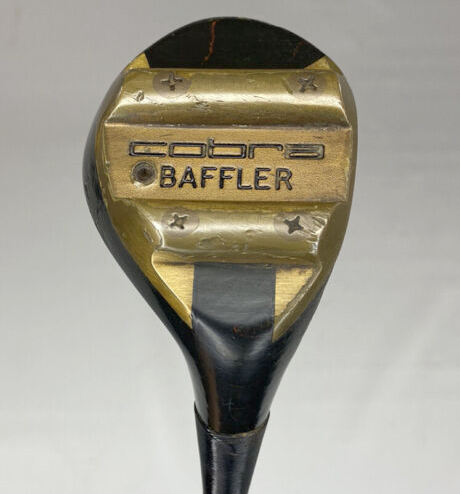
A hit was born on the spot. So much so that the company’s phone number quickly changed permanently to 800-BAFFLER. Golfers took to the concept and in fact, the Baffler has since evolved through many iterations and remains a fundamental part of Cobra’s fairway woods and hybrids today. Even posterboy Rickie Fowler still plays one in competition.
Crow was very inventive. In 1979, he introduced an extended-length, 46-inch driver that sported a graphite head and shaft. Then in 1985, Cobra became the first U.S. club manufacturer to offer stock graphite-shafted woods and irons. And Cobra soon unveiled the Lady Cobra and Senior line of woods and irons with game-improvement graphite technology – and quickly emerged as a leading manufacturer of clubs for both demographics. One other noteworthy innovation: Cobra’s autoclave system emerged in 1989, which allowed graphite shafts to be strengthened through a proprietary compression-curing process for the highest possible quality.
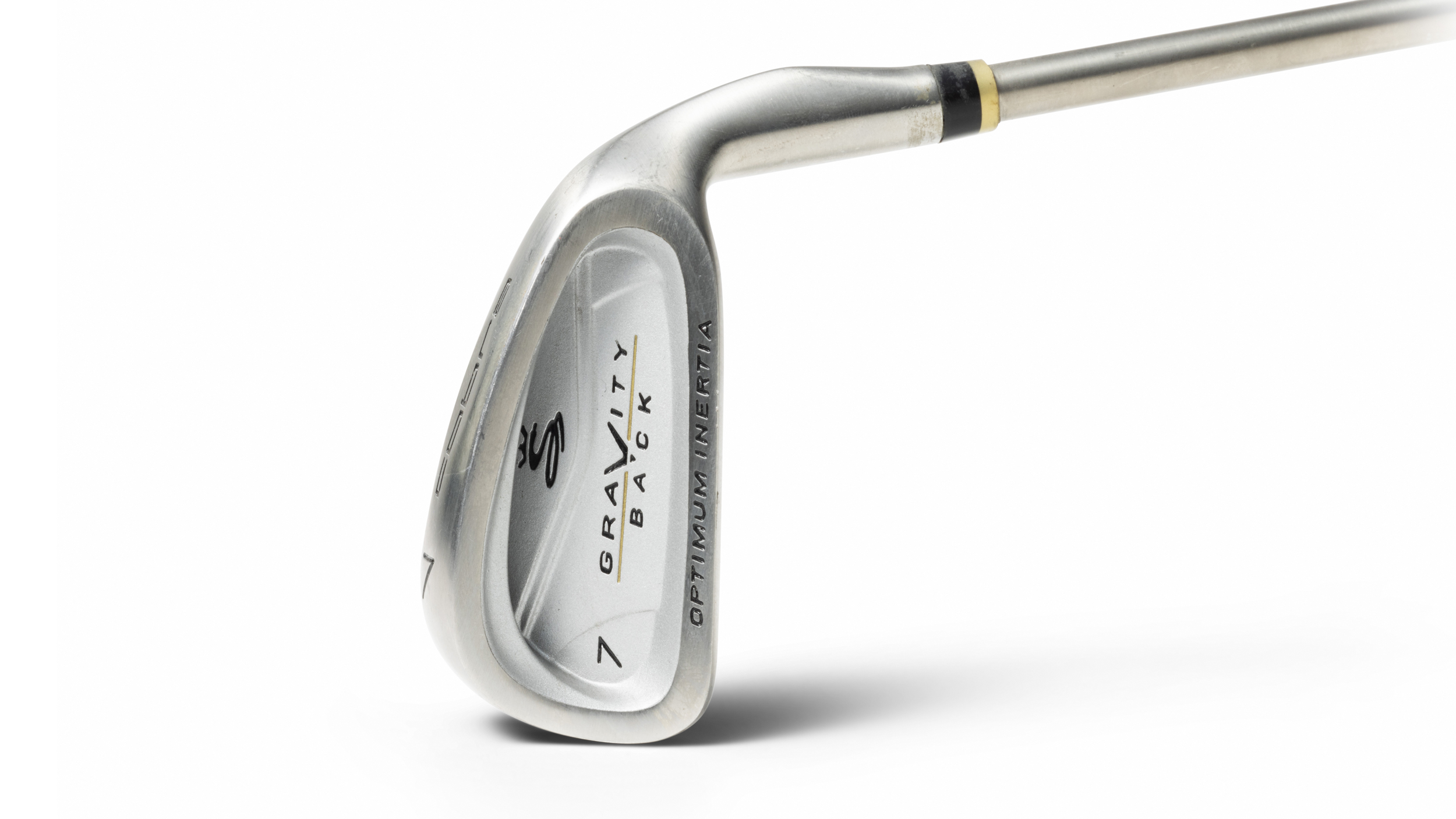
And Crow’s creative, outside-the-box fingerprints were all over products the entire time. The brand has unveiled plenty of popular models through the years, including King Cobra oversized irons (the industry’s first large-headed irons), Ti Offset woods, and Gravity Back drivers and irons. In the 1990s, Cobra also introduced the Trusty Rusty wedge – designed by short-game guru and Tour pro Phil Rodgers – which featured a unique finish that helped to increase spin and control on shots around the green, as well as a tri-bounce sole. That club has become iconic, appearing on and off in the company lineup ever since.
There were CXI irons; the SZ/JR junior clubs in two distinct sizes with age-appropriate shaft flex, clubhead weight and grip size; many more King Cobra models of woods and irons; and even the Dista golf ball. Cobra was also one of the first golf companies to introduce putters made of 3D-printed parts within the past few years. And to have smart grips pre-installed in all of its clubs. Plus, it was the first major club manufacturer to push single-length iron sets. The list of innovation and state-of-the-art concepts goes on and on - the best Cobra drivers can certainly compete with their rivals.
Subscribe to the Golf Monthly newsletter to stay up to date with all the latest tour news, equipment news, reviews, head-to-heads and buyer’s guides from our team of experienced experts.
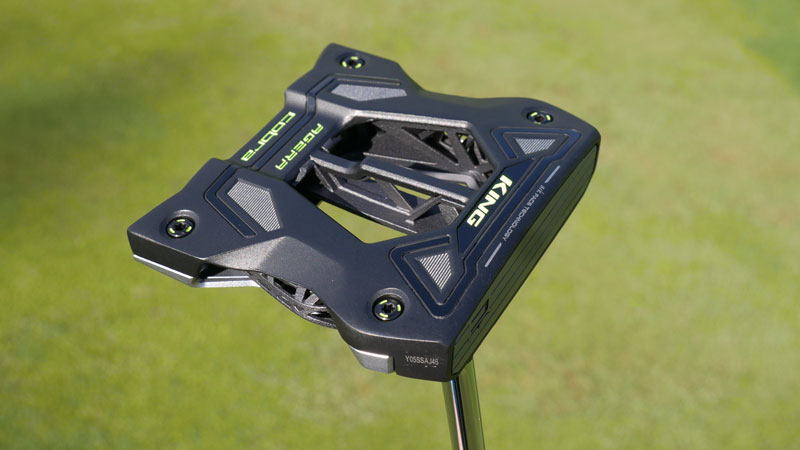
Cobra was one of the first manufacturers to launch golf clubs with 3D printed parts
And while Cobra clubs often goes bold with aesthetics – touting bright colors, such as Fowler’s trademark orange driver for several years – it was also the first major club company to let customers customize colors, via the AMP Cell driver and fairway wood clubheads and trim in 2013.
Cobra’s latest clubs for 2023 – the Aerojet range – incorporate state-of-the-art technology that has evolved since earlier woods and irons and feature among the best golf drivers and best golf irons on the market. To celebrate its 50th year, Cobra has unveiled Limited Edition 50th Anniversary Aerojet and Aerojet LS drivers that have a sleek look with a black and gold colour scheme as well as unique 50th Anniversary graphics and headcover. Available to buy from April 14th for $599/£469, they share the same technologies as the original, including the PWRSHELL face which actually originally came from a club in another area of the bag.
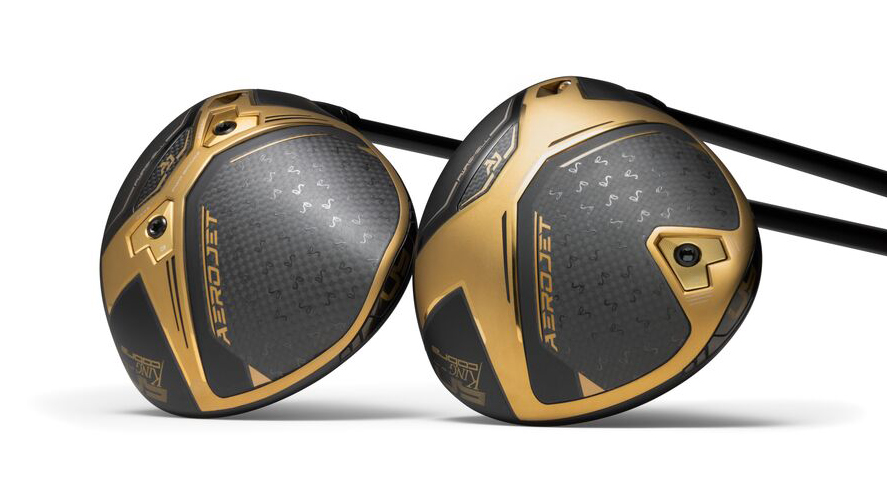
“The PWRSHELL face insert comes from iron designs that we've had since 2016,” says Miraflor. “We started doing hollow clubheads, and utilize a PWRSHELL base wrapped around the leading edge of space that gives us more of a larger trampoline that we forge and can be rolled. The PWR-Bridge weight design is utilizing forward CG that we've proven in many of our drivers dating back to King F6, where we moved weight forward for faster movement back for higher flight."
"And with Rad Speed several years ago, we worked on a design path with weight both forward and back to give the golfer an edge with a forward CG and low-back CG together for that interaction of fast and forgiving. We've been working on it for years, but this is probably the best example of it. Aerodynamics in the King F9 Speedback was our first one to combine aerodynamics and low-back CG. We're pushing aerodynamics to a whole new level now that we're excited about. Our MyFly adjustable hosel system started a long time ago, too, but still continues in our lineup.”
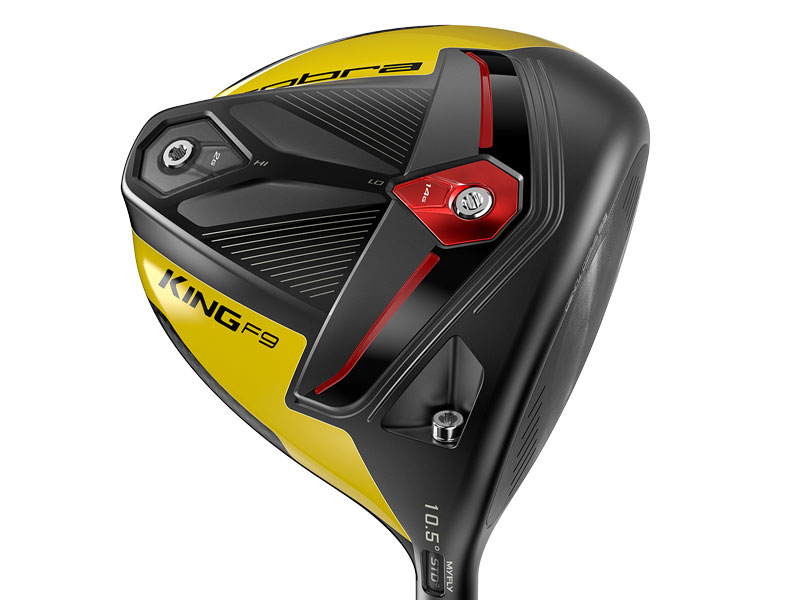
The King F9 Speedback driver was Cobra's first to feature a low-back CG with improved aerodynamics
Through the years, there have also been ownership changes. In July of 1990, Crow’s friend Greg Norman purchased an equity position in the company, and helped develop Cobra's first forged irons. Cobra was even publicly traded for a while. In 1996, the company was acquired by American Brands Inc. – parent company of Titleist and FootJoy at the time – which provided resources to expand the product line. Later, American changed names to Fortune Brands, which sold Cobra off to Puma in 2010. Even afterwards and until his death three years ago, Crow could often be found inside the Carlsbad office mingling with employees and offering insight into club design.
Although the company today is officially known as Cobra Puma Golf, Puma was not the first apparel brand associated with Cobra. Back in 1994, Cobra began marketing to accounts Italian brand Como Sport, Inc. that made upscale golf resort polos for men and women.
Although the company has had plenty of well-known tour pros play its clubs – including Tiger Woods who won his first Masters in 1997 using a Cobra oversized driver – staffers have included Norman, Geoff Ogilvy (who captured the 2006 U.S. Open playing a Cobra driver and irons), Hale Irwin, Ian Poulter, J.B. Holmes, Jason Dufner, Camilo Villegas, Kevin Na, and Bryson Dechambeau. Cobra-Puma Golf’s endorsement staff today is led by Fowler and Gary Woodland on the PGA Tour and Lexi Thompson on the LPGA Tour, among other popular players. While the company may have started out as a better player’s club company, and it certainly still caters to that group, it also offers clubs appropriate to every skill level. Whichever models may strike your interest, it’s advised not to try them out in a parking lot.
Scott Kramer is a freelance writer based in Southern California. He carries a 5.2 index, along with a hacker's short game. Yet the former Senior Editor of GOLF Magazine always tries to bring his "A" game to his writing.
Here's what's in Scott's golf bag: Driver: Callaway Epic Speed driver Fairway wood: Titleist TSi2 4-wood Hybrid: Titleist H1 hybrid Irons: Titleist AP1 irons Wedges: Vokey wedges Putter: An old Odyssey Versa putter that's been refurbished twice!
